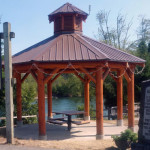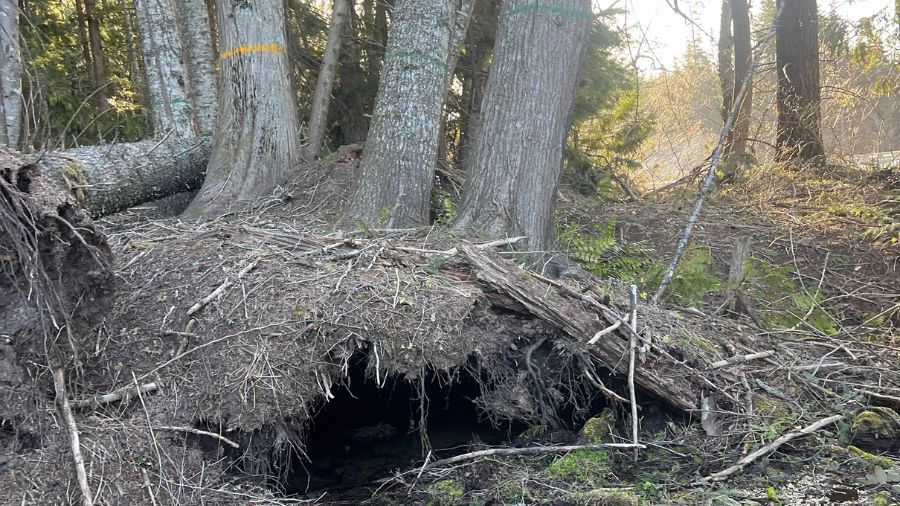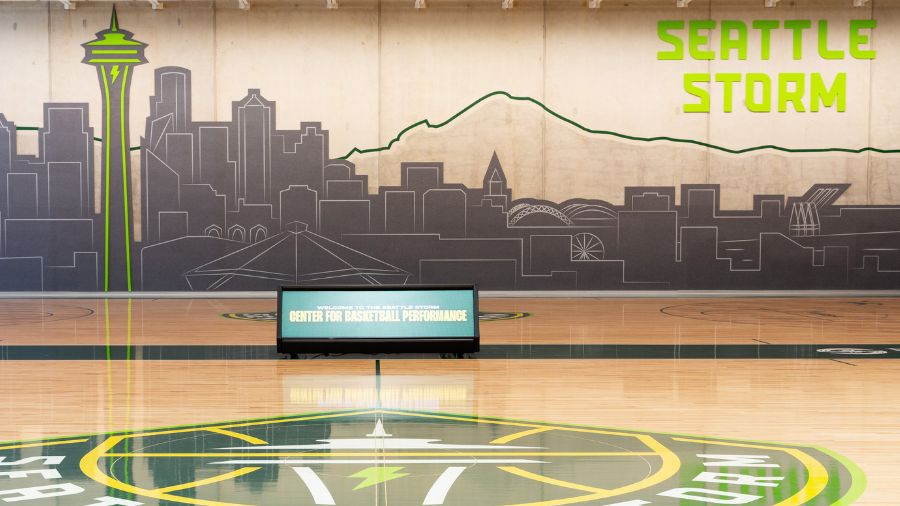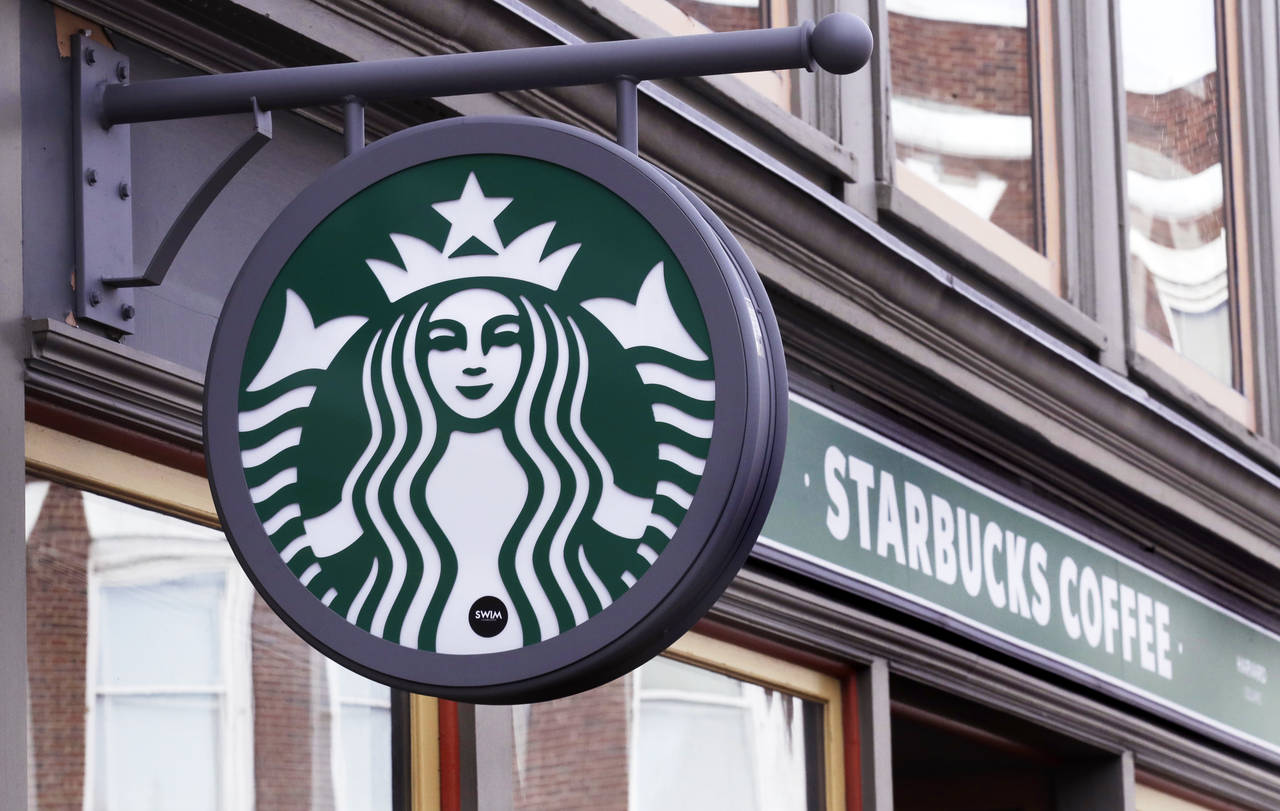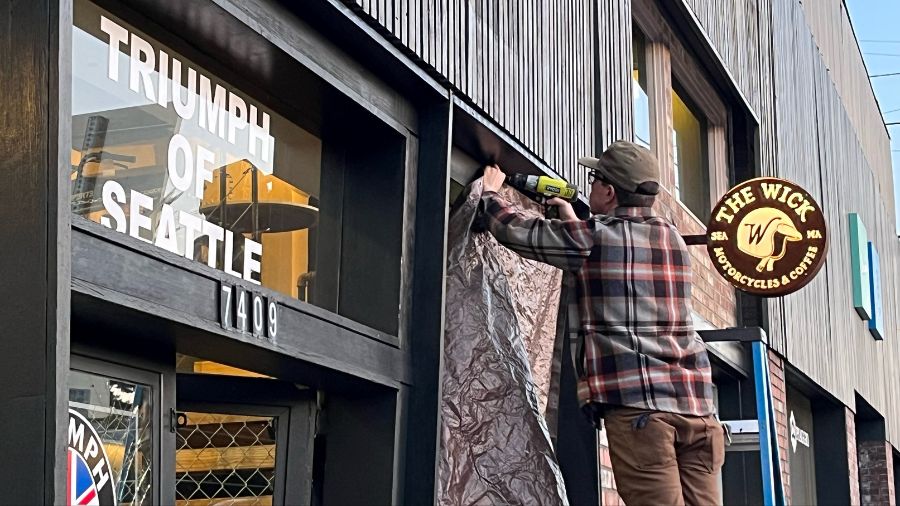Cowlitz convention responsible for splitting Washington from Oregon
Aug 23, 2017, 6:44 AM | Updated: 7:00 am
Those portions of Oregon Territory lying south and north of the Columbia River must from their geographical position, difference in climate and internal resources, remain in a great degree distinct communities, with different interests and policies in all that appertains to their domestic legislation, and the various interests that are to be regulated, nourished, and cherished by it.”
-Isaac Ebey
It was 166 years ago this week that settlers in “Northern Oregon” decided to do something about their plight, and to work to create Columbia Territory on this side of that mighty river.
What was their plight, exactly?
Being cut-off from the Oregon Territory government (and important services) in Oregon City and Salem – which was a couple of days’ travel from Puget Sound in those years.
“The communication between these two portions of the Territory is difficult, casual and uncertain, although time and improvement would in some measure remove this obstacle, yet it would for a long period in the future form a serious barrier to the prosperity and well-being of each, so long as they remain under one government,” wrote settler Isaac Ebey in a message to Congress.
Julie Zander is an author and historian who lives in Toledo, Washington in Lewis County. She says that a meeting of settlers called the “Cowlitz Convention” was held along the Cowlitz River about a mile south of what’s now downtown Toledo.
“Twenty-six settlers from the area north of Vancouver gathered at Cowlitz Landing on August 29, 1851 to petition Congress to create a separate territory,” Zander said. “These settlers were tired of going south to Salem, south to Oregon City . . . for any sort of public meetings. So they wanted their own territory north of the Columbia River.”
Cowlitz Landing was a key transportation hub of the 19th century. It was the place where you could land a boat on the way from the Columbia River, and travel north by foot or horse to early non-Native settlements on Puget Sound, including Nisqually and Olympia. Estimates of the population north of the Columbia in those years (including most of what’s now Idaho and a small part of Montana) was about 4,000 non-Natives, and tens of thousands of Native Americans.
The Cowlitz Convention was inspired earlier, in 1851, by a rousing July 4th speech at Olympia by a settler named John B. Chapman. Chapman called for local settlers to split off from Oregon Territory, which was only about three years old at that point.
The meeting at Cowlitz Landing began on a Friday and continued into the next day. The men, with help mainly from Chapman, prepared a document explaining what they wanted from the U.S. Congress and why, and created various subcommittees to suggest boundaries for new counties and other elements of local governance.
Who was on hand at the Cowlitz Convention? A “who’s-who” of local settlers, according to an email from Julie Zander.
“Looking at the list of names of those who attended the convention, I recognize several,” Zander wrote.
“Catlin is a pioneer from the Kelso area, as a school there bears his name. Warbass is the man who started Warbassport, which combined with Cowlitz Landing. Marcel Bernier was a French-Canadian who was affiliated with the Hudson’s Bay Company. John R. Jackson built the first courthouse (although Sidney Ford held one court session in his home on Fords Prairie near Centralia). Joseph Borst crossed the Oregon Trail with Sidney Ford. It says Dellabraugh, but I’m thinking that might be Dillenbaugh, as we have a Dillenbaugh Creek in Chehalis. Simon Plomondon, that first white man to settle in the area in 1821 when he was only a teenager, was also among the signers. M.T. Simmons is Michael Trout Simmons, who started Tumwater. Schuyler Saunders and his wife, Eliza, founded Chehalis. He died in 1859 or so, and Eliza, an Irishwoman who couldn’t read or write, held the title to most of the land that later became Chehalis. I see Cochran mentioned here. He was the adoptive father of George Washington, the son of a white woman and black slave who moved west and settled Centralia. He almost lost his property to squatters until his adoptive parents filed a claim on the land and then sold it to him when the law changed to allow blacks to own land. We just celebrated the 200th birthday of George Washington a week ago. He was a well-respected man who carried Centralia through the economic depression of 1893. He and his wife, Mary Jane Coonness, also platted the town and sold lots for five dollars each, but only if people agreed to live there.”
The document – called a “memorial to Congress” – got published in the Oregonian and the Oregon Spectator a few weeks later (there were no newspapers north of the Columbia yet). Copies of those newspapers made their way to Washington City (as DC was called in those days) where Oregon Territory’s congressional representative Joseph Lane introduced the legislation on December 6, 1852.
Before the bill passed out of the House of Representatives in February 1853, the name of the new area was changed from Columbia Territory to Washington Territory, thanks to future Confederate sympathizer Richard Stanton of Kentucky.
The bill was signed by President Millard Fillmore and Washington Territory officially came into existence on March 2, 1853. But communications were slow in those days, and word didn’t reach the citizens of the new territory until the end of April.
Why isn’t the Cowlitz Convention better known, and why isn’t August 29 celebrated by Washingtonians each year?
The significance of what happened at Cowlitz Landing has always been overshadowed by a larger gathering near Longview on November 25, 1852 at a place called Monticello (pronounced “mon-tih-SELL-o”). Like the gathering at Cowlitz Landing, the Monticello Convention also produced a memorial to Congress calling for creation of a new territory north of the Columbia.
Early Pacific Northwest historians (in the late 19th century) assumed that it was the Monticello memorial that Joseph Lane introduced to Congress just 11 days later.
The great Washington historian Edmond Meany looked into all of this back in 1922, and figured out that the true source of the legislation that created Washington Territory was probably the Cowlitz Convention.
According to Meany, the Monticello Convention simply happened too late to have made a difference – remember how it took six weeks for word to reach here that Washington Territory had been created? Meany contends that there’s no way word (or a document) could have traveled from Monticello to Washington, DC between November 25 and December 6, 1852 – the day Joseph Lane introduced the legislation – though Lane did have the Monticello memorial by the time the legislation was debated by Congress in February 1853.
Julie Zander reached a similar conclusion about why Cowlitz Landing and Lewis County have rarely received credit for being the true “Cradle of Washington Territory.”
“I think because Lewis County is smaller and also because the immediate action came after the Monticello Convention in 1852,” Zander said. “Four months later, Congress created Washington Territory, so they give all the credit to the Longview Monticello Convention, whereas we laid the groundwork for that here at the Cowlitz Landing convention.”
As Zander described how the men gathered at Cowlitz Landing and hashed out the issues, she said that the meeting wasn’t held in secret, and that it wasn’t violent or vociferous.
It all sounds very . . . civilized.
“It was, compared to nowadays,” Zander said. “Yeah, it was very civilized. These people weren’t always happy with one another, but they were willing to work together.”


